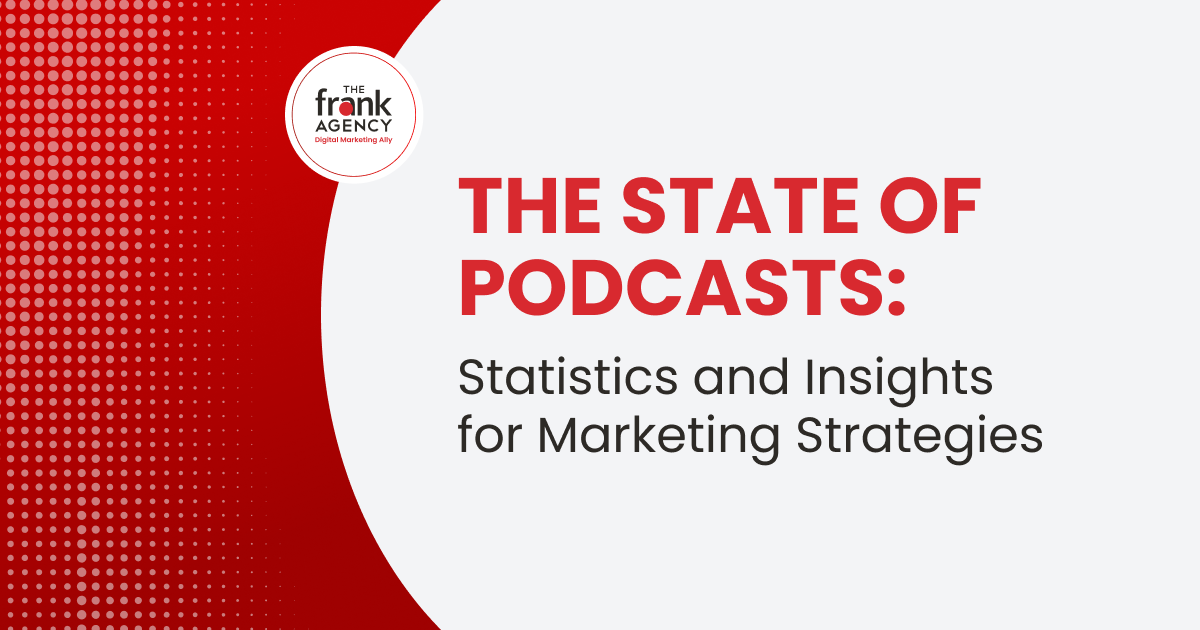With the rise of digital media, it’s easy to convince yourself that people don’t buy things through the mail anymore. You couldn’t be more wrong.
While technology has added a new element to the marketing arena, direct mail campaigns remain highly relevant. If anything, it offers a targeted, wide-scale method to supplement online marketing technologies.
So we are in agreement that direct mail can be both powerful and perform well. But where exactly is the sweet spot that separates a “good” direct mail marketing campaign from a “great one?”
The most successful direct mail campaigns follow a few simple strategies…
Have a goal in sight
Effective marketing hinges on a feasible plan. What do you hope to accomplish? Sit down with your marketing team and nail out a clear and objective goal for your marketing efforts. Getting this step right ensures that any subsequent decisions align with your overall goals.
For instance, your goal might be “Get 500 customers to redeem the online coupon code.”
Target the right audience
If you don’t have a clear vision of your ideal customer, you need to get one ASAP. Targeting the right customers is one of the ways to maximize the effectiveness of your direct mailer. Don’t waste time trying to convert everybody. Zero in on the potential customer who is more likely to have an interest in your offer and more likely to respond. The more specific, the better.
After you obtain your target list, clean it up. Remove any out-of-date addresses, deceased customers, or duplicate entries. It may cost a bit to clean up your list of redundant entries, but it’s much more costly to mail out to addresses that lack a viable customer.
Develop an offer and test it
Next up is generating an attractive offer. Your offer corresponds to your goal for the campaign. If you’re trying to get customers to redeem online coupons, you’ll persuade them to visit your website for an amazing online sale (where they can save even more with the coupon code). This offer is combined with a call-to-action that spells out exactly what you want your customers to do after receiving the mailer. Repeat the CTA throughout the offer.
Professional copywriters are your best bet for creating persuasive offers. Don’t skimp on this step. Anticipate any counterarguments your audience might have and address these in the message. Also, remember to use customer’s names—personalization makes you seem familiar and trustworthy.
It can also be beneficial to perform an A/B split test on your marketing messages. Send out two different offers to two different modest-sized portions of your list. Track responses through a customized phone number or URL. Use the one that converts the most for your larger list. It doesn’t have to stop here, however, you can keep testing and refining as you develop new offers.
Design compelling and personal materials
Experts reveal that our audiences do judge books by their covers—they are much more likely to open an attractive mailer. Learn color psychology, and use it to your advantage. Brand your materials heavily. Use photos (of owners, team members, or testimonials) for a personal touch.
Direct mail is incredibly versatile, so feel free to experiment with a variety of formats like postcards, letters, brochures, or catalogs. Also, depending on your budget, you can really stand out by changing the size of your mailer beyond the standard sizes. Odd shaped, full-color mailers are more likely to catch the eye.
Integrate it
Design your direct mail by allowing it to reinforce other channels. Place your social media icons on direct mail pieces to entice customers to connect with you. List your website where they can get more information. Think of your direct mailer as the courtship of a long and healthy relationship with each customer. Give them plenty of ways to get to know you!
Track performance
Once you’ve sent out one offer, measure the results. The ease of tracking will depend on your original goal. If your mailer was focused on getting email sign-ups, you might wait one to two weeks to check for an effect. If your mailer was focused on redeeming special coupons, you can simply track how many coupons were used.
Have variables in place at the beginning of your campaign to make the measurement stage more streamlined. Such tactics might include mailing in a form, tracking leads on a customized phone number, or measuring the number of sales generated. Just be sure your team knows how and what to track before launching the campaign.
There you have it: the dynamics of a rock-star direct mail campaign. If you’re looking to spread out your marketing efforts across channels with direct mail, this is how you do it; and if you need help doing it, you know who to contact!






